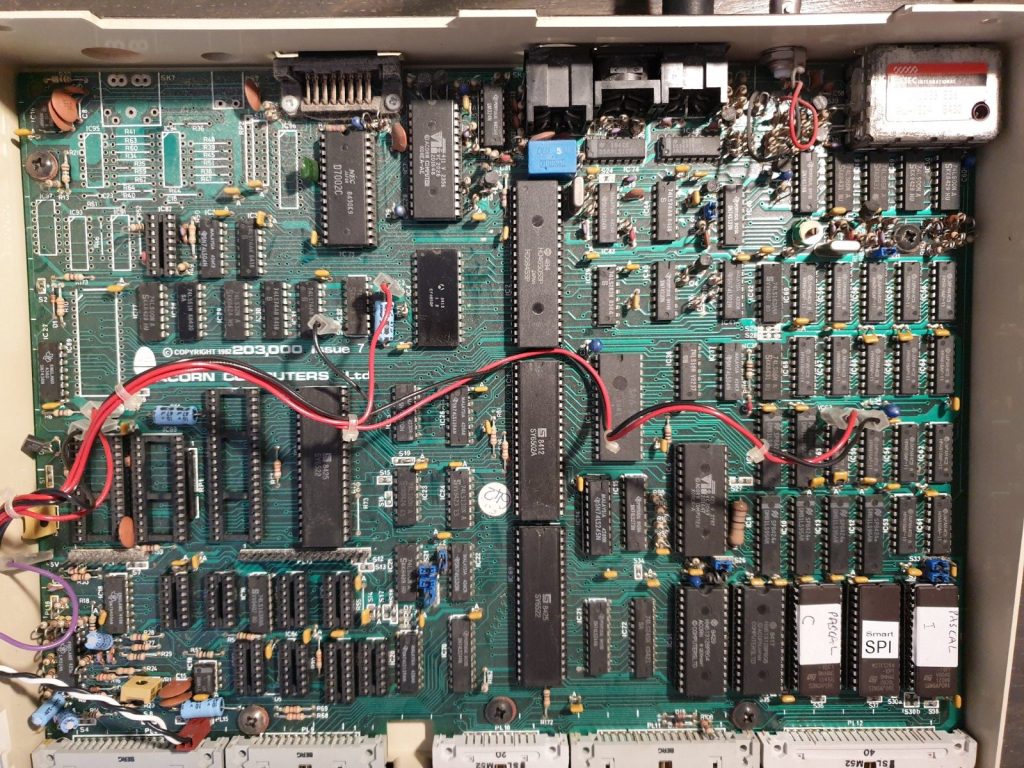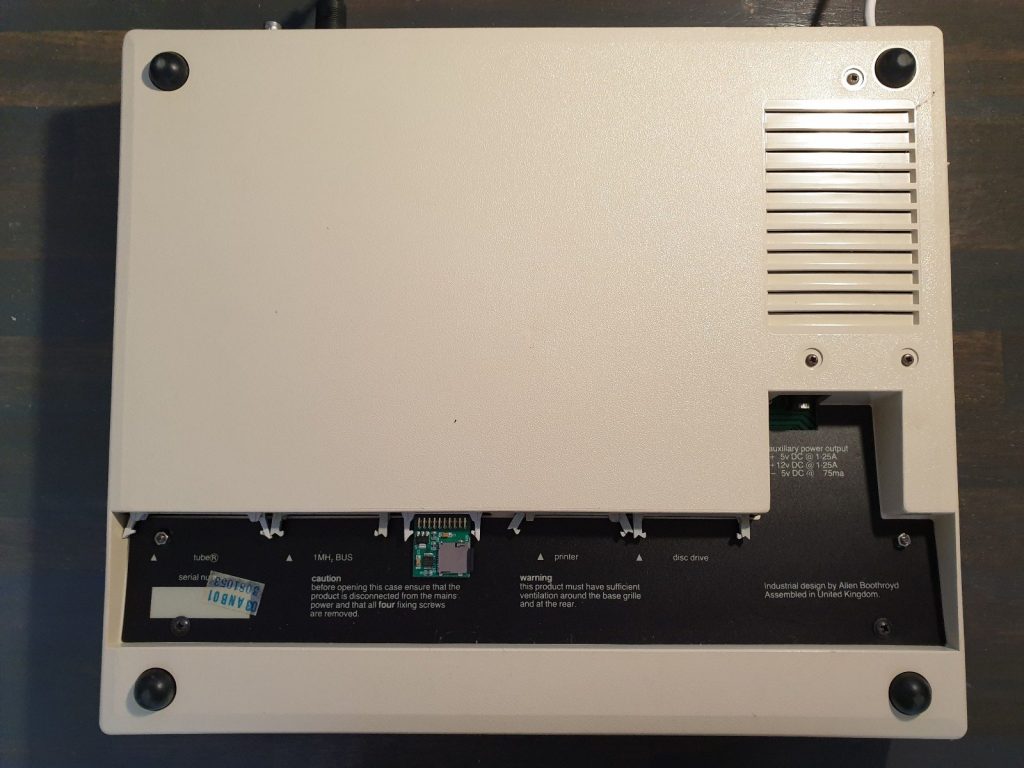BBC Micro Model B
The BBC Micro was first released in 1981 and became one of the most popular microcomputers of the era. It was available in several models, including the Model A, Model B, and Model B+. The Model B was the most popular and widely used version, featuring 32 KB of RAM, a built-in BASIC programming language, and a range of ports for connecting peripherals such as printers, modems, and joysticks.
The BBC Micro was used for a wide range of applications, including word processing, programming, and gaming. It had a robust and flexible operating system, called Acorn MOS, that allowed for multitasking and easy programming. The computer also had a wide range of software available, including educational software and games, which made it popular in schools and homes.
One of the key features of the BBC Micro was its graphics and sound capabilities. It had a high-resolution graphics mode, which allowed for the creation of detailed images and animations, and a sound chip that could produce complex musical compositions and sound effects. These features made it popular for game development and creative applications.
Overall, the BBC Microcomputer played a significant role in the development of computer education and literacy in the UK in the 1980s. Its affordability and accessibility, combined with its advanced capabilities, helped to inspire a generation of computer enthusiasts and professionals.







